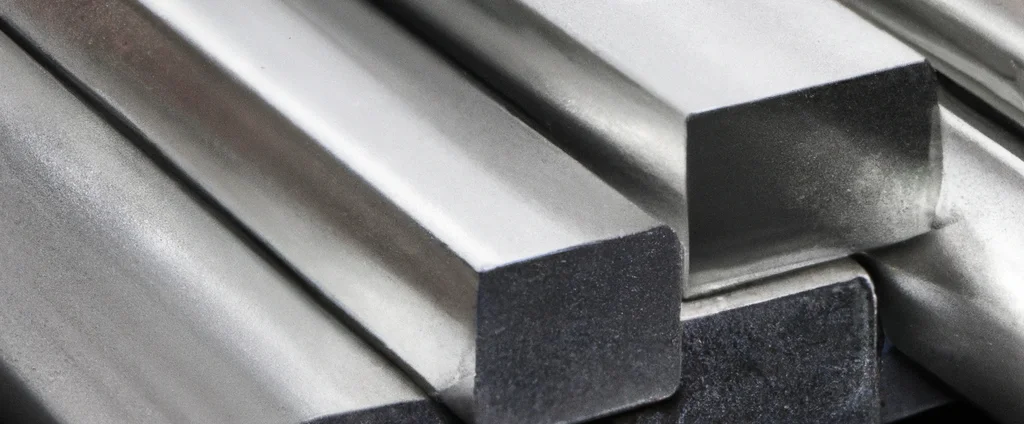Aluminum Alloy 4032 (UNS A94032)

Aluminum 4032 is a high-strength aluminum alloy that is commonly used in aerospace and military applications due to its excellent strength-to-weight ratio and resistance to fatigue.
| Chemical Composition | ||
|---|---|---|
| Element | Min | Max |
| Aluminum | 81.1% | 87.2% |
| Chromium | —— | 0.1% |
| Copper | 0.5% | 1.3% |
| Iron | —— | 1.0% |
| Magnesium | 0.8% | 1.3% |
| Nickel | 0.5% | 1.3% |
| Silicon | 11.0% | 13.5% |
| Zinc | —— | 0.25% |
| Residuals | —— | 0.15% |
The following table provides a list of aluminum 4032 properties in both SI and US customary/Imperial units.
Click on the button to switch between Metric and Imperial units.
| Physical Properties | Metric |
|---|---|
| Density | 2680 kg/m3 |
| Mechanical Properties | Metric |
| Tensile Strength | 370 MPa |
| Yield Strength | 300 MPa |
| Young’s Modulus (E) | 70 - 80 GPa |
| Shear Modulus (G) | 26 GPa |
| Elongation at Break | 8% |
| Poisson’s Ratio (ν) | 0.33 |
| Brinell Hardness | 120 HB |
| Thermal Properties | Metric |
| Melting Point | 530 - 580 °C |
| Thermal Conductivity | 130 - 150 W/m·K |
| Specific Heat Capacity (Cp) | 850 J/kg·K |
| Coefficient of Thermal Expansion (αL) | 1.9×10-5 1/°C |
| Electrical Properties | Metric |
| Electrical Conductivity | 2.3×107 S/m |
| Electrical Resistivity | 4.3×10-8 Ω·m |
The values in this table are approximate and can vary depending on various factors such as the specific manufacturing process and heat treatment applied to the alloy.
Advantages & Disadvantages of Aluminum 4032
| Advantages | Disadvantages |
|---|---|
| High strength-to-weight ratio | Limited formability |
| Fatigue resistance | Not suitable for high-temperature applications |
| Corrosion resistance | High cost |
| Good weldability |
Applications of Aluminum 4032
Aluminum 4032 is commonly used in applications that require high strength, durability, and good fatigue resistance, including:
- Aerospace: Various components such as aircraft and helicopter parts, engine components, and landing gear elements benefit from its properties.
- Automotive: Ideal for racing engine components including pistons, connecting rods, and cylinder heads due to its high strength and durability.
- Sports equipment: Commonly found in baseball bats, hockey sticks, and lacrosse sticks where strength and lightweight properties are essential.
- Marine: Excellent for boat hulls, masts, and fittings because of its corrosion resistance in saltwater environments.
- Industrial: Widely used in hydraulic components, pressure vessels, and machine parts where strength and good machinability are required.
- Consumer goods: Popular choice for bicycle frames, camping equipment, and musical instruments that benefit from its strength-to-weight ratio.
